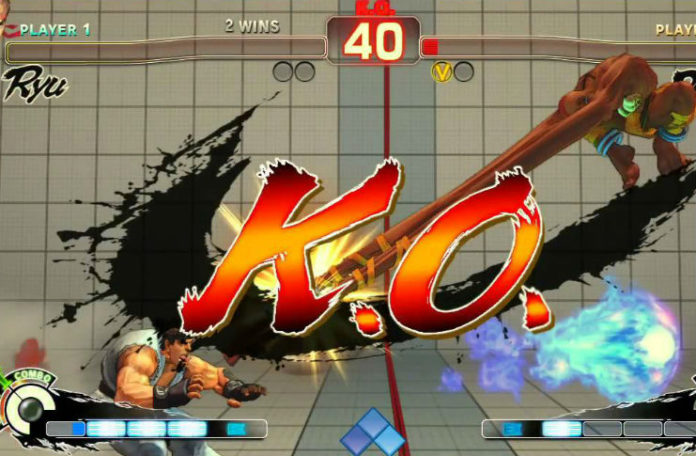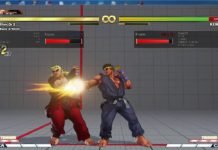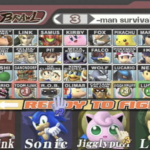If you’ve ever watched a competitive fighting game match on YouTube or Twitch, you’ve likely heard the term “zoning” or a character referred to as a “zoner.” If you don’t have any prior knowledge as to what this is, then the match on screen can look somewhat boring; you might see a slower pace, fighters avoiding each other, and the same moves being used over and over. While it may look tiresome to the naked eye, there are a ton of fascinating decisions and interactions going on here that, once you understand them, can turn the match from a snorefest to a heart-racing experience. Read on to learn more about this integral part of fighting games!
What Is Zoning?

Zoning is whatever series of tactics a player uses to keep their opponent at a specific distance. What exactly that distance is depends on both who the zoner and the opponent are using; this is because how you zone will differ based on the tools you have at your disposal versus the tools that the opposing player has. Basically, the goal of zoning is to use projectiles, long-ranged attacks, and fast moves that are safe, apply pressure, and force your opponent into a disadvantaged state.
Keep The Distance
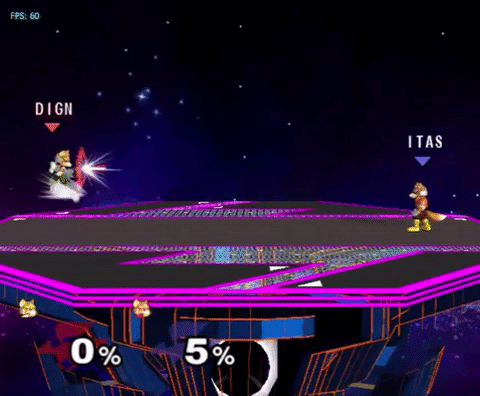
A good zoner will always look to maintain the perfect balance between keeping their character safe and applying some pressure to the opponent. How to go about zoning largely depends on the characters chosen; if you pick a character that relies on closing the distance and getting in the opponent’s face to deal damage, they won’t make a very good zoner.
Generally, you want moves and specials that focus on maintaining a distance rather than closing it. Projectiles, moves with lots of range, and fast moves that are safe on block are all prime tools controlling the pace and distance in a match.
It is important to figure out what “zone” is optimal for each character and matchup; if you’re too far away, you can’t apply pressure to your opponent and if you’re too close, you put yourself in serious danger. Learning where that perfect zone is necessary for using this style of play.
Types Of Zoners
As mentioned before, while zoning intends to keep the opponent at a specific distance, there are many ways to go about this.
Projectile characters are a commonly cited example of zoners. Projectiles are always best used at a distance where not only are you safe, but the opponent is forced to react to the projectile. A character such as Guile in Street Fighter can zone with Sonic Booms, forcing the other character to either:
- Block or remain on the defensive
- Jump over the projectile towards Guile
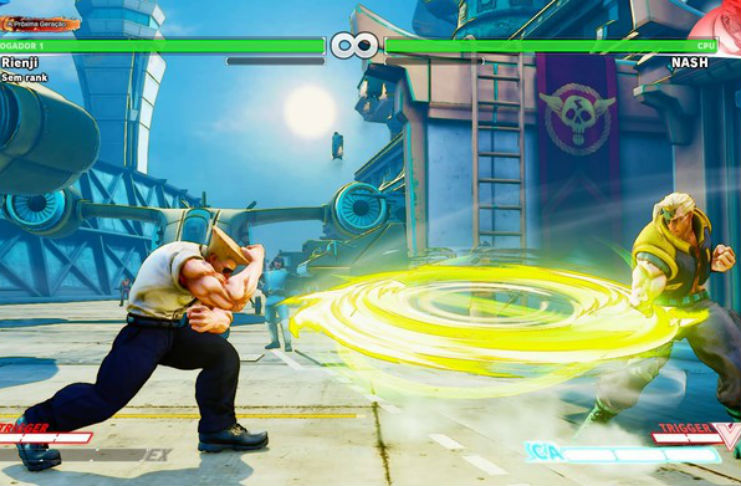
If they choose 1, they risk letting the Guile get in and apply pressure with his normal moves. If they choose 2, they are pushing themselves into Guile’s zone, where he can anti-air with Flash Kick and then pressure them further.
Projectile users are especially effective in a game such as Super Smash Bros. where the free-flowing movement and different stages play a large role in the meta. A good example of an effective zoner in Super Smash Bros. Ultimate would be Young Link. Young Link has good mobility, many projectiles, and fast aerials, all of which play into the zoning game very well. A simple example of Young Link zoning could be:
- Throwing Projectile 1 where the opponent currently is, forcing them to jump, shield, or dodge.
- Throwing Projectile 2 to either continue pressure or to predict where they might jump to.
- Throwing out an aerial attack to further pressure or to punish their dodge or jump.
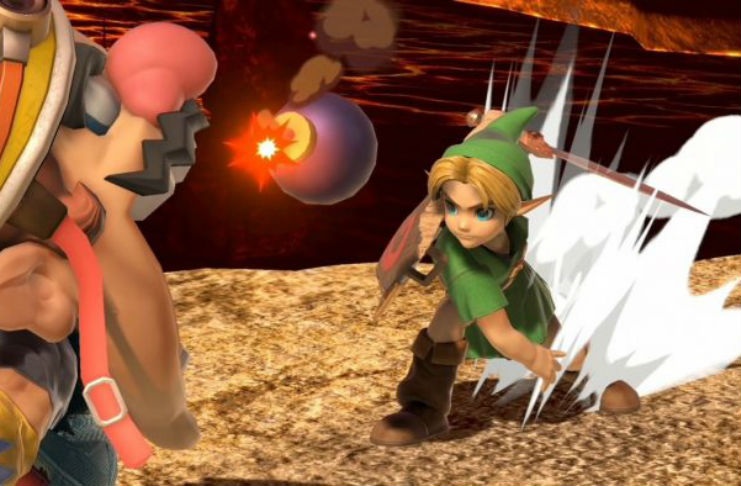
By placing projectiles strategically, you can eliminate the options your opponent has and force them into a bad situation where you can punish.
That’s not the only way to zone, however! Some characters can effectively zone using the range on their attacks as well as their movement to pressure people into bad situations. The go-to example of this would be Dhalsim in Street Fighter. Dhalsim uses his incredibly long limbs to hit opponents from a distance and to keep them far away from him. Couple this with his ability to teleport and Yoga Fire projectile, and the character has everything you’d need to be an effective zoner.
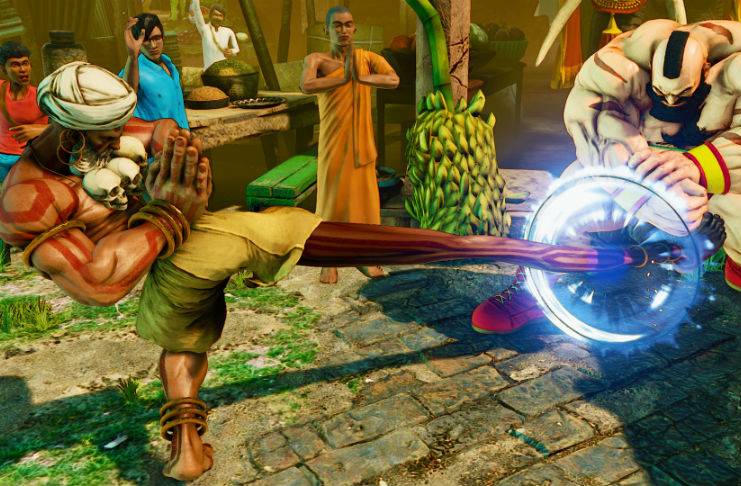
Zoning Vs. Camping Vs. Spamming
When the talk of using projectiles and ranged attacks comes up, it’s easy to equate these with “camping” and with “spamming.” While it’s certainly possible to do both of those in relation to zoning, zoning generally has a specific goal in mind, and people who cry “spam” when zoners are doing their thing are generally just filled with salt. When zoning, the goal is to keep the opponent at an optimal distance where their options are limited and you look to press an advantage.
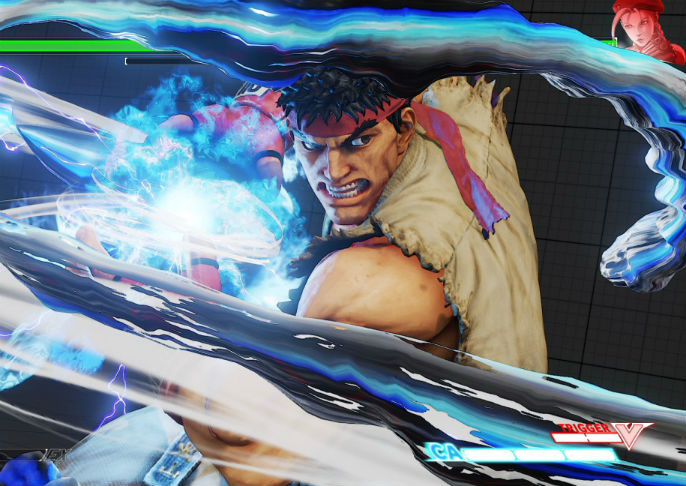
Camping, on the other hand, generally focuses on the use of projectiles to keep the opponent away and to avoid getting hit. Rather than looking to maintain a specific distance, the name of the game is to use movement and projectiles to have the opponent chase you down constantly, and when they over-commit, you can land a hard punish. Anytime the game resets to neutral, it’s back to camping.
Zoning differs from spamming in that spamming is generally using one move over and over again, whereas zoning almost always requires usage of various moves to effectively maintain the “zone.” If someone is only using Ryu’s fireball as their gameplan, that is spamming, but if they are using fireballs and then punishing jumps with Dragon Punch or rushing in on their opponent blocking, they are just picking the correct tool in that situation; however limited the toolkit might be.
The Importance Of Zoning
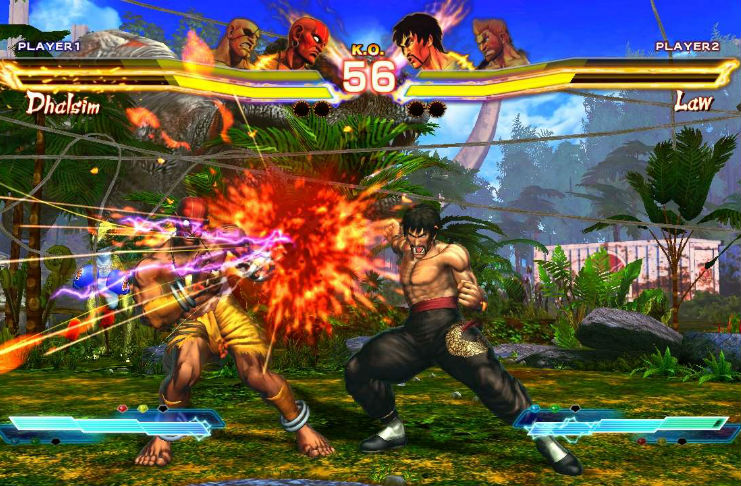
Zoning is an essential part of fighting games, and can teach you a lot about the many interactions and decisions that go on during a match. Defensive and “keep-away” style tactics are very effective, but they require lots of mental energy, as you have to be aware and ready for many situations.
Next time you’re watching a fighting game match and a commentator brings up “zoning,” remember that zoning is all about a character using certain tools to reduce their opponent’s options and force a mistake, all while keeping themselves safe. Then you can watch the match and appreciate the nuances of competitive play.


